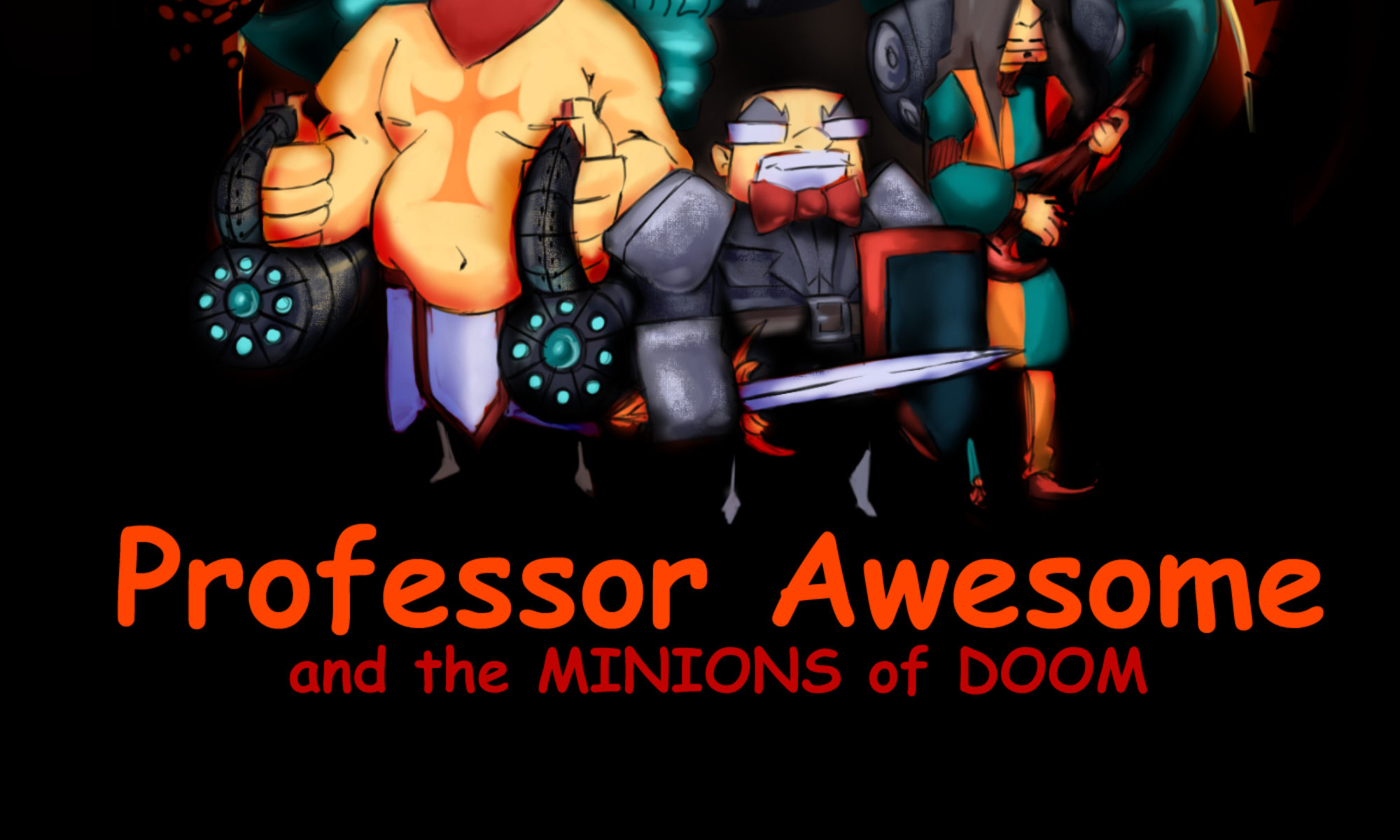Here’s an engineer explaining the difference between Betamax and VHS, and why VHS won. Back in those days, I worked as a stock boy in a video rental store. To give you some context, when I first started working there it was mostly LaserDiscs and Beta (with the LaserDiscs clearly on the decline), and a little VHS. Within a year, the store was half Beta and half VHS, with the LaserDiscs no longer available for rental — we were selling the used ones in bargain bins to clear out stock. Within two years, the LaserDiscs were gone, and Beta was clearly on the decline. A year after that, it was hard to find any place carrying Beta.
Henry V
Kid Beowulf and the Blood-Bound Oath (Scene 12)
Thug Notes: Nineteen Eighty-Four
Henry IV, Part 2
Kid Beowulf and the Blood-Bound Oath (Scene 11)
Last of the Code-Talkers
Chester Nez, the last of the Navaho Code-Talkers, died yesterday, bringing to an end one of the more curious uses of linguistics in warfare. For those of you who might not know, in WWII the US military recruited around 400 Navaho to be Marines. Nez was one of the first group of 200. Using Navaho language and new terms coined to describe military topics, these Marines were able to speak in a code that stymied Axis code-breakers. They were so valuable that most of the Navajo serving in the war served as Code-Talkers.
In WWI, the US Army used 19 Choctaw Code -Talkers in a much more limited capacity. Wanting to expand on that idea, Philip Johnston, who was the son of missionaries to the Navajo (and could speak it fluently himself), suggested using Navajo because it “is the only tribe in the United States that has not been infested with German students during the past twenty years.”
Perhaps one of the more compelling arguments for funding linguistics and study abroad — because if you don’t, your enemies will say bad things about you and beat you up.
Storyforge Interview with Lex Fajardo, Part II
Lex gives some real practical advice for marketing your comic, everything from traditional publishing, to self-publishing, to attending cons, to working through Kickstarter.
You can check out Lex’s work here.
Thug Notes: To Kill a Mockingbird
Storyforge Interview with Kid Beowulf’s Lex Fajardo!
Storyforge Productions has Part I of a great interview with Lex Fajardo, the artist behind the Kid Beowulf series. It’s entitled “Superheroes of Old.” Check it out!









